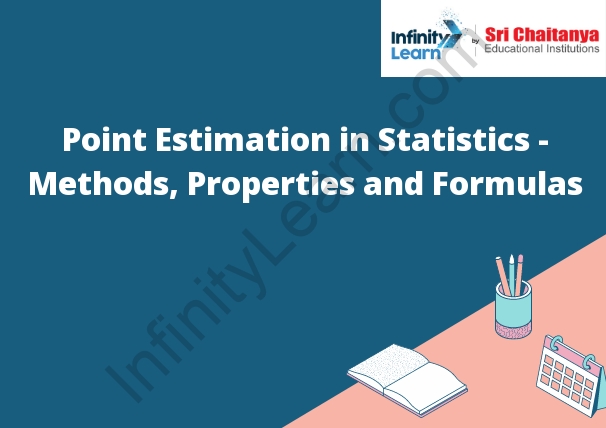Table of Contents
An Introduction to Point Estimation in Statistics
In statistics, point estimation is the process of finding an estimate, or point estimate, for a population parameter. A point estimate is a single value that is computed from the data, typically using some type of mathematical formula. Point estimation is used in many different types of statistical analyses, including hypothesis testing, regression analysis, and forecasting.
There are a number of different techniques that can be used for point estimation. The most commonly used technique is the sample mean. The sample mean is simply the average of all of the values in the sample. Other common techniques include the sample median, the sample mode, and the sample standard deviation.
Once a point estimate has been computed, it is important to assess the accuracy of the estimate. This can be done by calculating a confidence interval. A confidence interval is a range of values that includes the true value of the population parameter with a certain degree of confidence. The confidence level is typically set at 95%, which means that there is a 95% chance that the true value of the population parameter lies within the confidence interval.

What is the Definition of Point Estimation?
Point estimation is a statistical technique used to estimate the value of a population parameter from a sample. Point estimation is achieved by selecting a point estimate, which is a single value that is likely to be close to the population parameter. The point estimate is based on the information contained in the sample and is not influenced by the population parameter.
What are the Properties of Point Estimators?
Point estimators are mathematical functions that calculate a single point estimate of a population parameter. Point estimators are typically used to estimate population mean, population standard deviation, and population variance. Point estimators are also used to estimate the population proportion.
What are the Methods Used to Calculate Point Estimators?
There are a number of methods used to calculate point estimators. Some of the most common methods are the mean, median, and mode.
What are the Formulae that Can be Used to Measure Point Estimators?
Point estimators can be measured using the mean, median, mode, and standard deviation.
What are the Values Needed to Calculate Point Estimators?
The three values needed to calculate point estimators are the mean, the standard deviation, and the sample size.
Once You Know All the Values Listed Above, You Can Start Calculating the Point Estimate According to the Following Given Equations:
Point Estimate = (Mean + Standard Deviation) / 2
Point Estimate = (5 + 1.5) / 2
Point Estimate = 6.5 / 2
Point Estimate = 3.25








